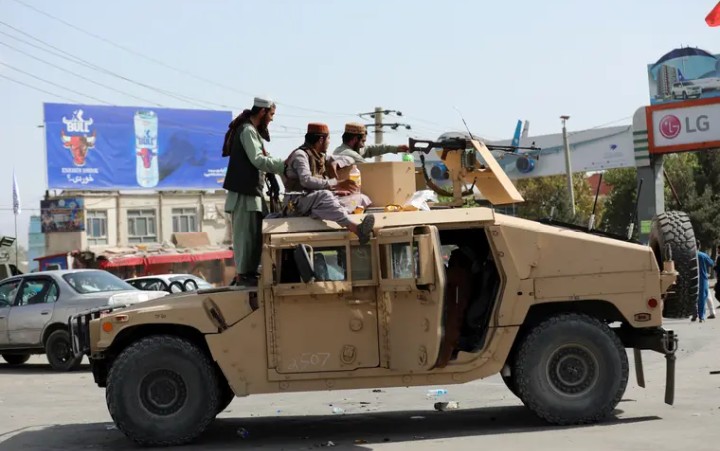
The US has spent billions of dollars on sending its troops to Afghanistan over a 20-year period.
Following the devastating day that was 9/11, the US retaliated by sending its army to Afghanistan in a bid to track down Osama Bin Laden and other al-Qaeda figures linked to the attack.
In addition to this, US troops went in to tackle the Taliban’s regime, which had provided a safe haven for al-Qaeda terrorists. The Taliban were not directly linked to the 9/11 attacks, however.

George Bush, who was president at the time, then called on the Taliban to ‘deliver to the United States authorities all the leaders of al-Qaeda who hide in [their] land’, or they would share in al-Qaeda’s fate, according to the Council of Foreign Relations (CFR).
Following Bush’s threats, the US invaded in October 2001 to oust the Taliban, and remained in the country for 20 years.
Initially, around 5,000 troops were sent to Afghanistan. This later rose to a staggering 110,000 being present in the country in 2011. From 2011 onwards, numbers of US troops slowly began to decline.

But how much did this cost the US? The answer is, a lot of money.
Between the years of 2010 and 2012 – when the US had its highest number of troops in Afghanistan – it reportedly spent an eyewatering $100 billion a year, BBC News reports.
This later fell to $45 billion a year, as of 2018, because troops shifted their focus from offensive operations to training Afghan troops.
In total, it’s believed military expenditure in Afghanistan (from October 2001 until September 2019) had reached $778 billion, according to the US Department of Defense.

In addition to this, the US State Department and other government agencies spent $44 billion on reconstruction projects, bringing the total expenditure to $822 billion as of 2019.
Meanwhile, a study by Brown University, which also took into account spending in Pakistan and included the 2020 fiscal year, found that the US spent a whopping $978 billion.
As to what the money was exactly spent on, according to BBC News, a large majority of the money spent in Afghanistan was on counter-insurgency operations, and on the needs of troops such as food, clothing, medical care, special pay and benefits.





